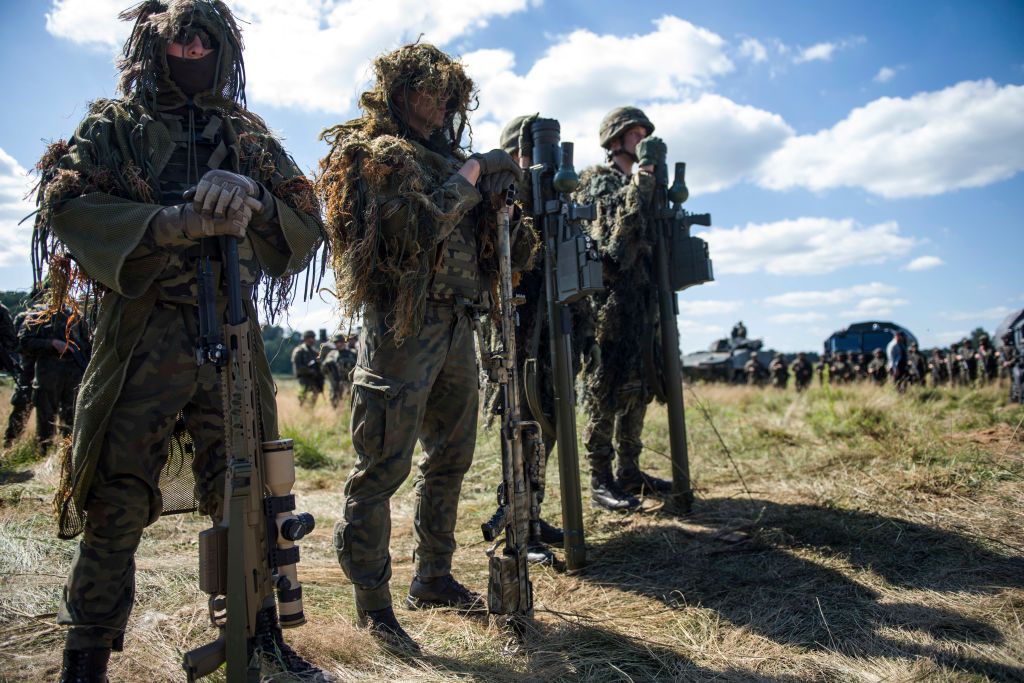The article discusses the importance of independent journalism in Ukraine amidst the current geopolitical tensions in Europe. It highlights the historical context of security guarantees and the potential risks faced by countries like Poland in the event of an invasion. There is skepticism regarding the effectiveness of NATO’s mutual-defense commitment, especially in the face of hybrid warfare and nuclear threats posed by Russia. The article emphasizes the need for countries to prioritize their defense strategies, as demonstrated by Poland’s initiative to build up fortifications along its borders with Russia, Belarus, and Ukraine.
Estonia’s decision to use frozen Russian assets to support Ukraine and the establishment of a “Baltic Defense Line” by the Baltic countries are mentioned as examples of increased militarization and defense preparedness in the region. Poland’s own defense plan, known as the “Tusk Line,” involves the construction of fortifications and natural guardrails along its eastern border. The article acknowledges the financial sacrifices being made by the Polish public for their country’s defense and highlights the importance of EU support in safeguarding the eastern borders of Poland and the Baltic countries.
The strategic differences between Finland and the Baltic and Polish defense plans are outlined, emphasizing the unique challenges faced by each country. However, the common goal of enhancing border security and defense preparedness is shared among them. The need for coordination with EU leaders in Brussels to strengthen joint defense efforts and reconstitute the European arms industry is underlined. The article also underscores the significance of supporting Ukraine in its fight against Russia, as control of Ukraine by Russian forces could undermine all defense plans in the region.
The article delves into the specific strategies being implemented by Poland, such as utilizing natural barriers and implementing anti-drone defenses and reconnaissance technology. It highlights the importance of creating safe firing positions, organizing supply centers, and channeling enemy forces to vulnerable positions to enhance defense capabilities. The compatibility of the Finnish, Baltic, and Polish defense plans is noted, as they all aim to bolster their eastern borders while working closely with EU leaders to coordinate joint efforts.
In conclusion, the article stresses the interconnectedness of defense strategies in Poland, Finland, and the Baltic countries, and the importance of EU support in safeguarding the region’s security. The ongoing conflict in Ukraine remains a top priority, as the success of the Ukrainian battlefield is crucial for the effectiveness of the defense plans being implemented in the region. The article serves as a call to action for continued vigilance, coordination, and support among European countries to address the evolving security challenges posed by Russia and ensure the protection of their territories and borders.


